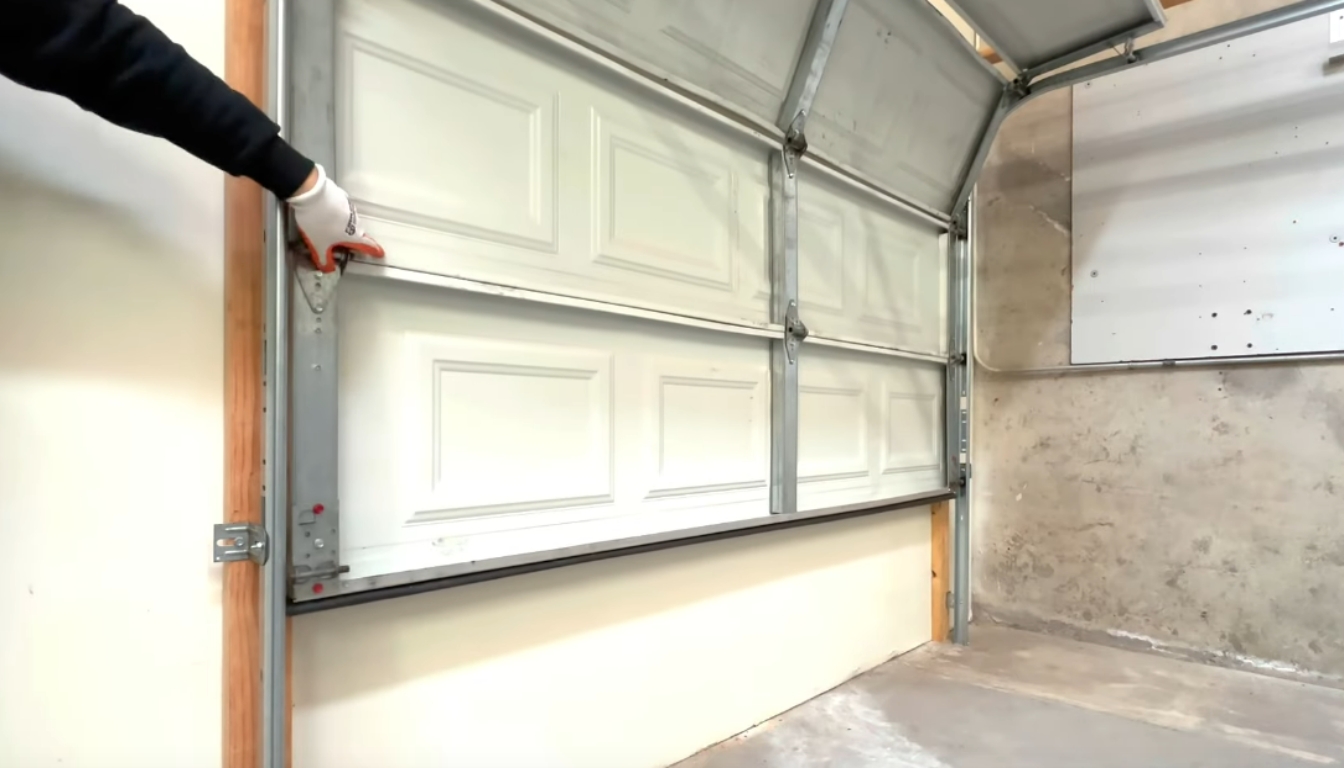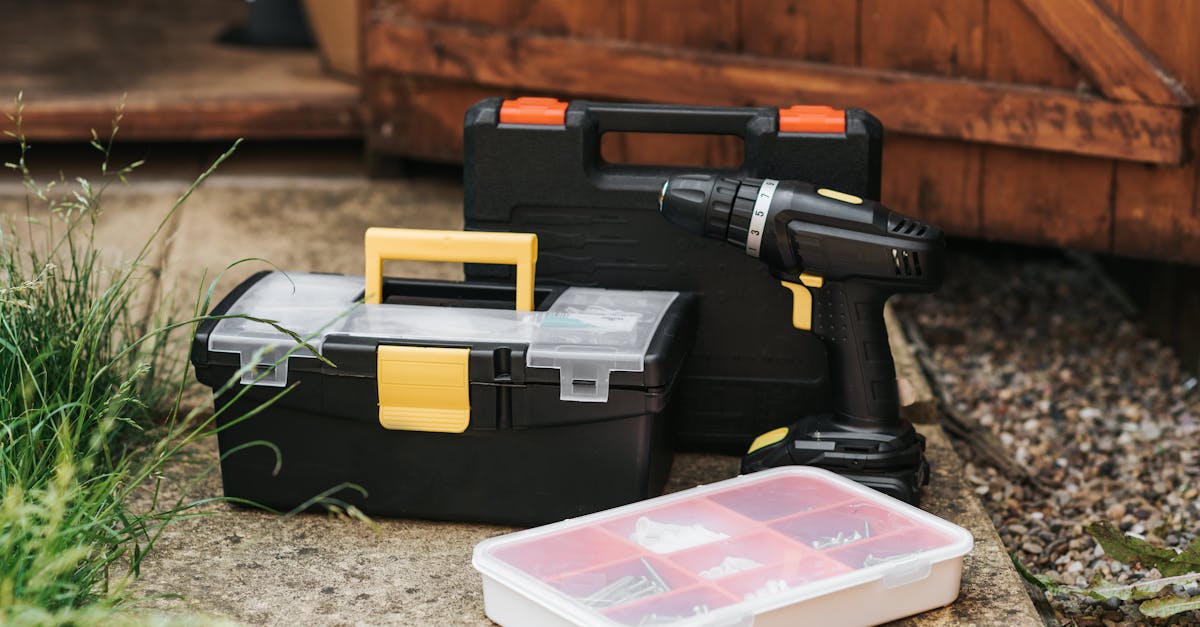
Table Of Contents
Testing the functionality of the new garage door
Testing the functionality of the new garage door is a crucial step in ensuring that your Garage Door Replacement is successful. Begin by operating the door manually a few times to confirm that it moves smoothly along its tracks without any obstructions or unusual noises. This initial test can help you identify any immediate issues that may need to be addressed before using the automatic opener.
Next, test the automatic opener by opening and closing the door using the remote control or wall-mounted switch. Pay close attention to the door's movement to make sure it opens and closes fully and that the safety features, such as sensors that prevent the door from closing on objects or people, are functioning correctly. If you notice any irregularities during these tests, it is important to address them promptly to prevent any accidents or damage to the new door.
Verifying smooth operation and safety features
Once the replacement garage door has been installed, it is essential to verify its smooth operation and safety features. Testing the movement of the door along the tracks ensures that there are no obstacles hindering its function. This step is crucial as it guarantees the door opens and closes seamlessly without any issues. Additionally, checking the safety features, such as sensors that detect obstructions and automatically reverse the door, is vital to prevent accidents and ensure the safety of individuals and belongings in the vicinity of the Garage Door Replacement.
Moreover, conducting a thorough inspection of the hardware, including hinges, cables, and springs, is necessary to confirm that everything is securely in place. Any signs of wear and tear should be addressed promptly to avoid potential hazards. By meticulously assessing the smooth operation and safety features of the new garage door, homeowners can enjoy peace of mind knowing that their property is well-protected and functioning optimally.
Adding finishing touches to the replacement garage door
When completing a Garage Door Replacement project, adding the finishing touches can truly elevate the overall look and functionality of your new door. One common finishing touch is to consider painting the garage door to match the exterior of your home. A fresh coat of paint can tie everything together seamlessly, creating a cohesive and aesthetically pleasing appearance. Additionally, adding insulation to the garage door can help regulate the temperature inside the garage, making it more energy-efficient and comfortable throughout the year.
Moreover, another important aspect of finishing touches for a Garage Door Replacement is ensuring that all safety features are properly installed and in working order. This includes features such as sensors, auto-reverse mechanisms, and manual release mechanisms. Verifying these safety features not only enhances the security of your garage but also safeguards your family and belongings. By paying attention to these details, you can make sure that your replacement garage door is not only visually appealing but also safe and functional for years to come.
Painting or adding insulation as desired
Painting the replacement garage door can be a simple yet effective way to enhance its appearance and blend it seamlessly with the overall aesthetic of your home. Choosing a colour that complements your house's exterior can significantly boost its curb appeal and provide a fresh look to the facade. Before starting the painting process, ensure that the surface is clean and free of dirt or debris. Applying a coat of primer can help the paint adhere better and ensure a smoother finish. Whether you opt for a bold colour to make a statement or a neutral tone for a more classic look, painting the garage door can be a fun and rewarding DIY project to complete as part of your Garage Door Replacement.
Adding insulation to the replacement garage door is another valuable consideration that can improve energy efficiency and help maintain a comfortable temperature inside the garage. Insulating the door can regulate heat transfer, keeping the space warmer in winter and cooler in summer. This can be particularly beneficial if your garage is attached to the house or if you use it as a workshop or storage area. There are various insulation materials available, such as foam panels or reflective barriers, that can be easily installed on the door to minimise heat loss or gain. By insulating your garage door during the Garage Door Replacement process, you can create a more functional and energy-efficient space for your needs.
Maintaining the new garage door for longevity
After the successful installation of a new garage door, it is essential to prioritize its maintenance to ensure longevity and optimal performance. Regular maintenance of your Garage Door Replacement will not only extend its lifespan but also prevent costly repairs in the future. A simple yet effective maintenance routine involves regular cleaning and lubrication of the door mechanisms to keep them running smoothly.
Cleaning the garage door tracks and rollers with a non-abrasive cleaner will help prevent dirt and debris build-up, which can lead to operational issues over time. Additionally, applying lubricant to the moving parts such as hinges, springs, and bearings will reduce friction and wear, ultimately prolonging the life of your Garage Door Replacement. By incorporating these simple maintenance tasks into your regular home care routine, you can enjoy a reliable and durable garage door for years to come.
Regular cleaning and lubrication to prevent wear and tear
Regular maintenance of your new garage door is essential to ensure its longevity and optimal performance. One of the key aspects of maintenance is regular cleaning and lubrication. Dust, grime, and debris can accumulate on the tracks and moving parts of the garage door over time, causing wear and tear. By routinely cleaning these components with a mild detergent and a soft brush, you can prevent dirt buildup and keep the door operating smoothly. Additionally, applying a silicone-based lubricant to the hinges, springs, and rollers will help reduce friction and ensure that the mechanism functions properly. This simple upkeep routine can prolong the life of your Garage Door Replacement and prevent costly repairs down the line.
In addition to cleaning and lubricating the various components of your garage door, it is also important to inspect the system regularly for any signs of wear or damage. Check for loose hardware, frayed cables, or worn-out weather stripping, and address any issues promptly to avoid further deterioration. By staying proactive with maintenance tasks and addressing minor problems before they escalate, you can prolong the lifespan of your Garage Door Replacement and ensure that it continues to operate safely and efficiently for years to come.
FAQS
Is replacing a garage door a DIY project or should I hire a professional?
It is recommended to hire a professional for replacing a garage door, as it involves heavy lifting and precise installation to ensure safety and functionality.
What are the common signs that indicate the need for a garage door replacement?
Common signs that indicate the need for a garage door replacement include excessive noise, visible damage or wear, difficulty in opening or closing the door, and inconsistent operation.
How long does it typically take to replace a garage door?
The time taken to replace a garage door can vary depending on the complexity of the installation and any additional features. On average, it may take a professional installer a few hours to a full day to complete the replacement.
What are some important safety considerations when replacing a garage door?
Safety considerations when replacing a garage door include ensuring the area is clear of obstructions, using proper lifting techniques to avoid injury, and following manufacturer's instructions for installation to prevent accidents.
What should I do if I encounter problems after replacing my garage door?
If you encounter problems after replacing your garage door, contact the professional installer who performed the replacement to address any issues and ensure proper functioning of the new door.




